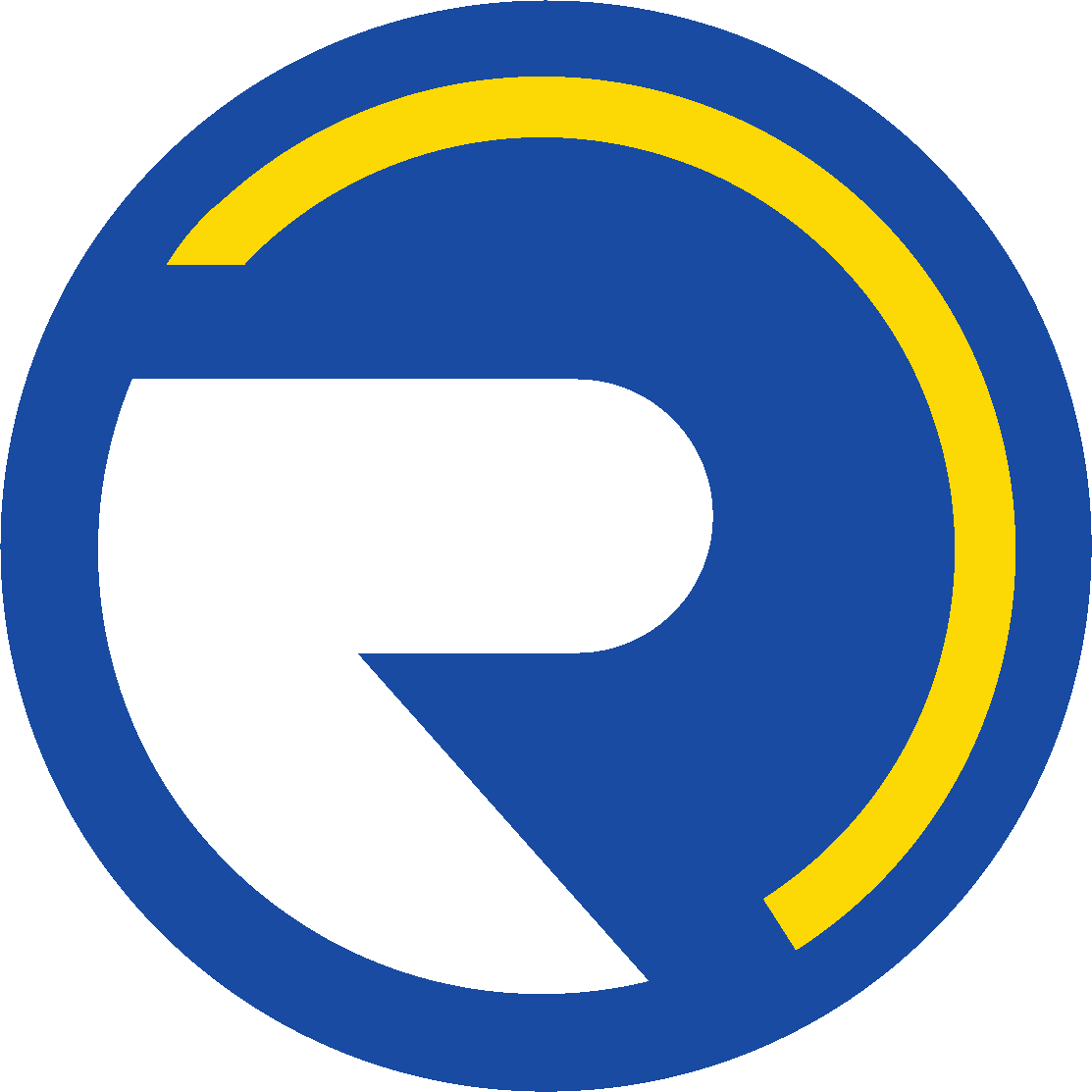The Marketing Wall: Why 100,000+ COVID-Era UK Businesses Are Struggling in 2025
Four years after the COVID lockdowns, when 100,000+ people started businesses in the UK, many are now hitting what I call the 'Marketing Wall'.
What is it if you're one of them, and how do you stop it from happening to you?
During the chaos of COVID, many people didn't just lose jobs—they found clarity. For the first time, they realised they had a choice. And for a while, it felt like everyone was quitting and launching something.
Between 2020 and 2021, something unprecedented happened. Over 1 million people faced redundancy in the UK alone - the highest levels in a decade. But many chose a different path instead of scrambling back into corporate life. The UK saw a record 810,316 new businesses registered in 2020, a 13% surge on the previous year.
Some were pushed by furlough and layoffs. Others were pulled by long-held ambitions that lockdown suddenly made possible. Digital tools lowered the barriers. Zoom, Stripe, Canva, Squarespace—the infrastructure was ready. For the first time in decades, "going solo" felt less like a reckless dream and more like a viable alternative.
The psychology shifted, too. Remote work proved that flexibility was possible. Mass trauma reframed priorities. People questioned commuting, corporate politics, and sacrificing personal life for professional titles. If "security" was partly an illusion, why not take a shot at something you love?
I've watched this wave of new entrepreneurs follow an eerily similar trajectory.
The first phase was intoxicating. Your professional network became your launchpad. Former colleagues, grateful friends, and industry contacts rallied around your brave new venture. Referrals flowed like they never had when you were just another employee. Work arrived faster than you could deliver it.
"The first eighteen months were magical," one founder told me recently. "I'd wake up to emails from people I hadn't spoken to in years, ready to hire me. I thought I'd cracked the business game."
But here's where the pattern reveals itself - and where things get genuinely dangerous.
Around month 24, something shifts. Those immediate networks begin to exhaust. The well-wishers have made their introductions. The goodwill has been spent. And the referrals that once seemed endless start to trickle, then slow, then stop.
That's when the panic sets in.
Suddenly, you're staring at an empty pipeline. The mortgage payment is due. Your business expenses haven't changed, but your income has vanished. You're scrolling through your phone contacts at 2 am, wondering who else you can contact, knowing you've already asked too many favours.
The business model that felt so robust during those early, heady days reveals its terrifying vulnerability. You weren't running a sustainable business - you were systematically depleting a finite resource: your existing relationships.
"I went from feeling like a successful entrepreneur to feeling like I was begging," one founder confided. "Every month became a scramble to find enough work to keep the lights on."
This feast-or-famine cycle isn't just financially risky, it's psychologically crushing. There is the stress of unpredictable income, the constant wondering where your next client will come from, the sleepless nights when your usual sources go quiet, and the growing realisation that you've built your business on borrowed time.
This isn't a failure of your network. It's the natural lifecycle of relationship-based businesses. Your contacts were thrilled to help you launch, but they can't indefinitely fuel your growth. They have their pressures, their budgets, and their changing priorities.
The founders who thrive understand this transition. They recognise that those initial referrals were a gift- a runway, not a destination. The real work begins when you move beyond gratitude marketing into strategic business building.
What does that look like?
💎 Developing absolute clarity about your ideal client (beyond "people who know me")
💎 Understanding the specific language they use to describe their challenges
💎 Recognising the deeper emotional drivers behind their decisions
💎 Creating systems that consistently attract new audiences
💎 Building content that speaks to problems people already believe they have
💎 Showing up with consistency, even when immediate results aren't visible
The transformation happens when strangers start reaching out. When people who've never met you begin enquiring about your services based on your positioning, your message, and the clarity of your offer.
That's when the power dynamic shifts. Instead of being grateful for any work that comes your way, you become selective. You choose clients who energise you, respect your boundaries, and value your expertise at premium rates.
This isn't just about business mechanics. It's about the fundamental shift from dependent to independent, reactive to proactive, opportunistic to strategic.
The lockdown-era exodus created an unprecedented experiment in entrepreneurship. But by 2023-2024, reality bit back. Rising interest rates, inflation, and reduced consumer spending made self-employment harder. ONS data shows a decline in sole trader numbers - many who jumped into self-employment returned to jobs, especially those without clear positioning or support systems.
But here's what's fascinating: there was also an uptick in incorporated microbusinesses. The entrepreneurs who stayed doubled down and formalised their operations.
We're witnessing a natural selection process. We're now seeing which businesses were built to last and which were built on borrowed time.
If you're one of the millions who leapt during those tumultuous years, ask yourself: Are you still riding the wave of initial goodwill, or have you built something that stands on its own?
The answer might determine whether this bold experiment becomes a lasting success or a temporary escape from corporate life.
What's your experience been like? I'd love to hear from those who've navigated this journey.
If you recognise these patterns in your business, a Clarity 1:1 session could help you navigate through the Marketing Wall. Get in touch
